The origins of common wedding traditions
Weddings are a timeless celebration of love, steeped in tradition and cultural significance. From the grandiosity of royal ceremonies to intimate gatherings, weddings have evolved over centuries. Each tradition holds a unique story, symbolizing various elements of marital life. These customs transcend culture, offering a glimpse into how love and commitment are universally celebrated. Join us as we explore the fascinating history and meaning behind some of the most enduring wedding traditions.
The Exchange of Rings: Circles of Love and Eternity

The tradition of exchanging rings dates back to ancient Egypt, where rings were considered symbols of eternity due to their circular shape, with no beginning or end. This practice was later adopted by the Romans, who believed that the vein in the fourth finger of the left hand, the ‘vena amoris,’ led directly to the heart. Today, exchanging rings remains a poignant symbol of everlasting love and commitment, transcending cultures and continents in its universal significance.
The Bridal Veil: From Mystical Protection to Fashion Statement
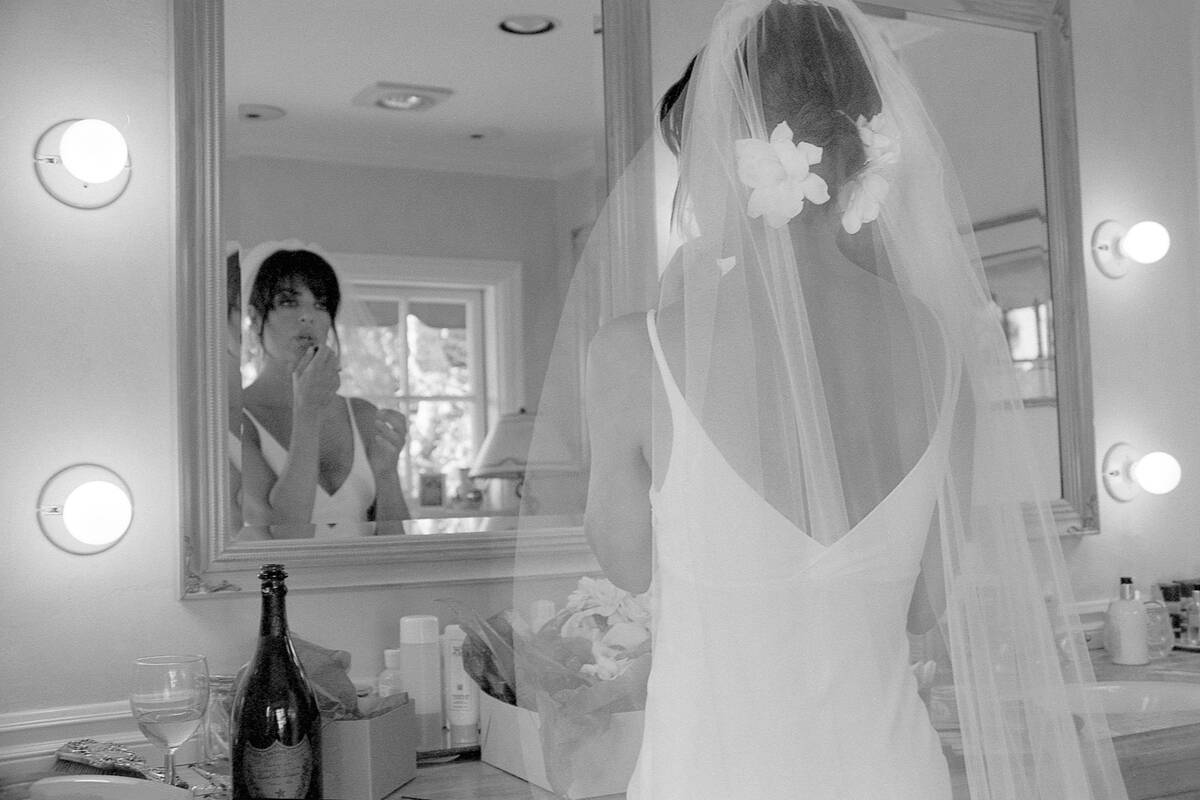
The bridal veil has a rich history, originally serving as a protective barrier against evil spirits in ancient Rome. Through the ages, it became a symbol of purity and modesty. In contemporary weddings, the veil has evolved into a versatile fashion accessory, often reflecting the bride’s personal style. From cathedral-length veils to chic birdcage styles, the veil continues to be an iconic element of bridal attire, blending tradition with modern aesthetics.
Something Old, Something New: The Rhyme That Guides Brides
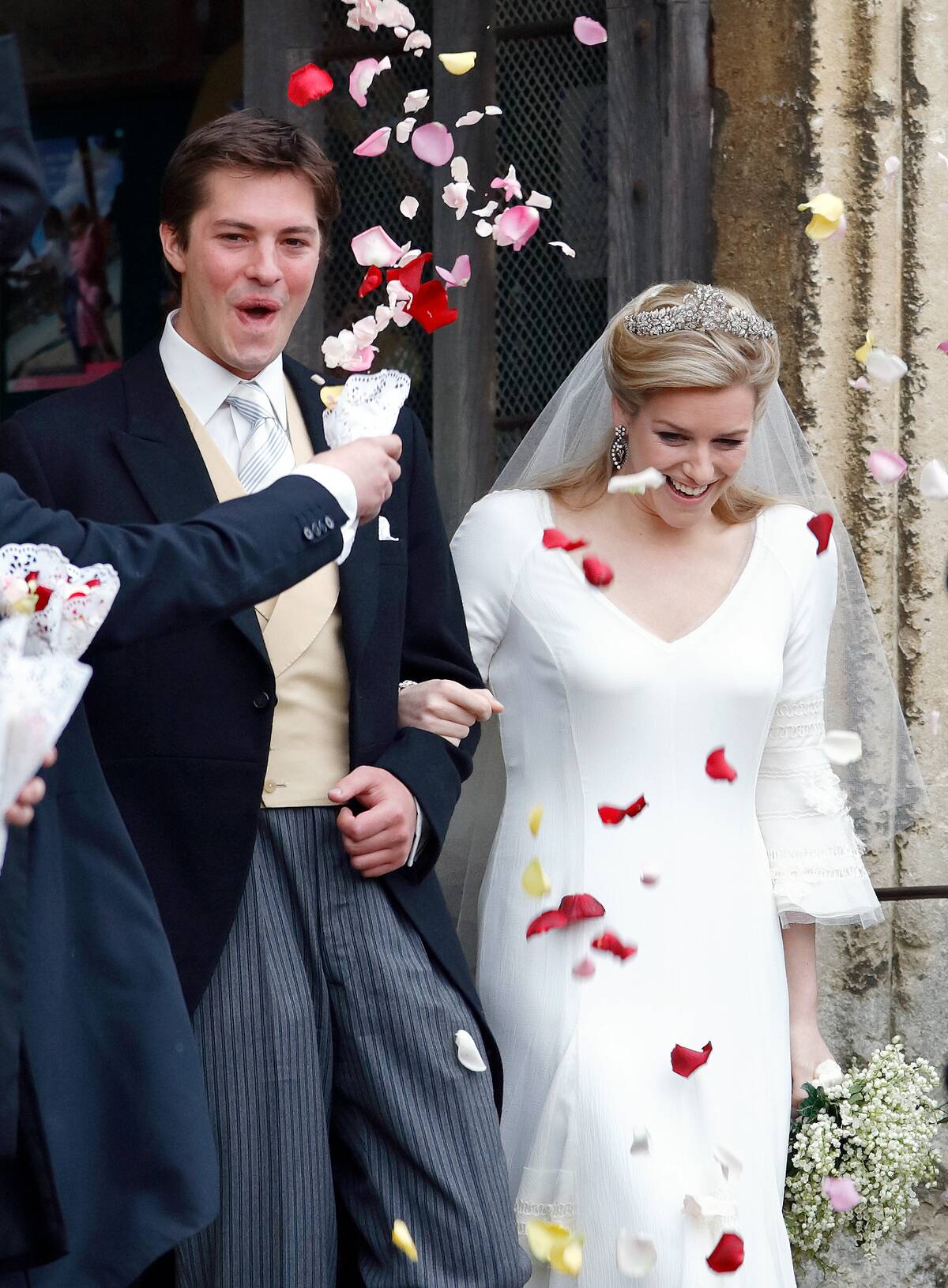
“Something old, something new, something borrowed, something blue”—this rhyme has guided brides for centuries, each element symbolizing good fortune. ‘Something old’ represents continuity, while ‘something new’ offers optimism for the future. ‘Something borrowed’ is meant to bring happiness from a happily married friend, and ‘something blue’ stands for purity, love, and fidelity. This charming tradition remains popular, adding a sentimental touch to modern weddings.
Tossing the Bouquet: From Fertility Rituals to Fun Festivities
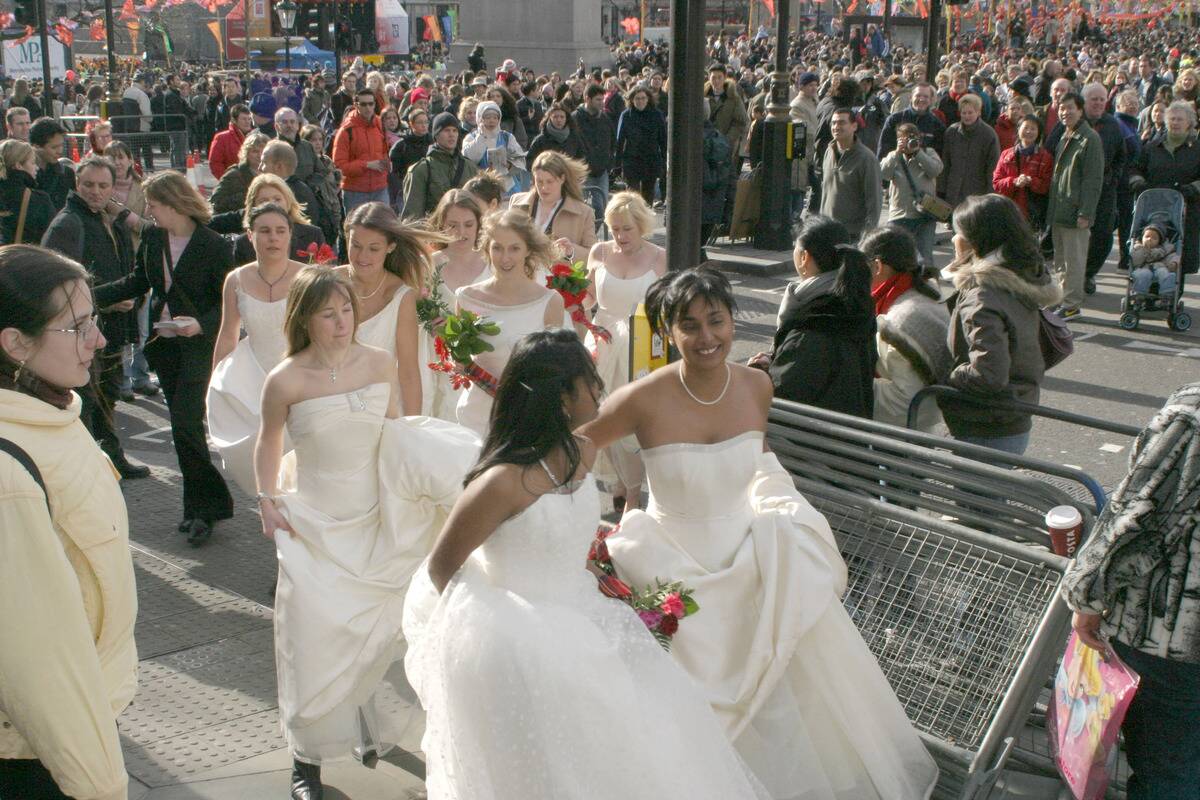
Tossing the bouquet is a lively tradition with roots in 14th-century Europe, where brides tossed flowers and other items to distract guests as they made their escape. Over time, it evolved into a symbol of passing on good fortune and fertility. Today, the bouquet toss is a fun and playful moment for guests, with the lucky catcher believed to be the next to marry. This tradition adds a lighthearted touch to wedding celebrations.
The Ring Bearer and Flower Girl: Tiny Tots with Big Roles

The roles of the ring bearer and flower girl are cherished traditions that add an adorable element to the wedding ceremony. Historically, these roles were introduced to symbolize the innocence of youth and the promise of new beginnings. The ring bearer carries the rings down the aisle, while the flower girl scatters petals, symbolizing a path to happiness. These roles offer young family members a special place in the ceremony, creating lasting memories.
Wedding Bells: Chiming in Marital Bliss

Wedding bells have been associated with marriage for centuries, believed to ward off evil spirits and ensure a harmonious union. In many cultures, the sound of bells signifies joy and celebration. Churches traditionally ring bells to announce a wedding, a practice that continues today, echoing the couple’s happiness to the world. The phrase “wedding bells” has become synonymous with matrimony, evoking images of joyful celebrations and new beginnings.
The White Wedding Dress: Queen Victoria’s Fashion Legacy
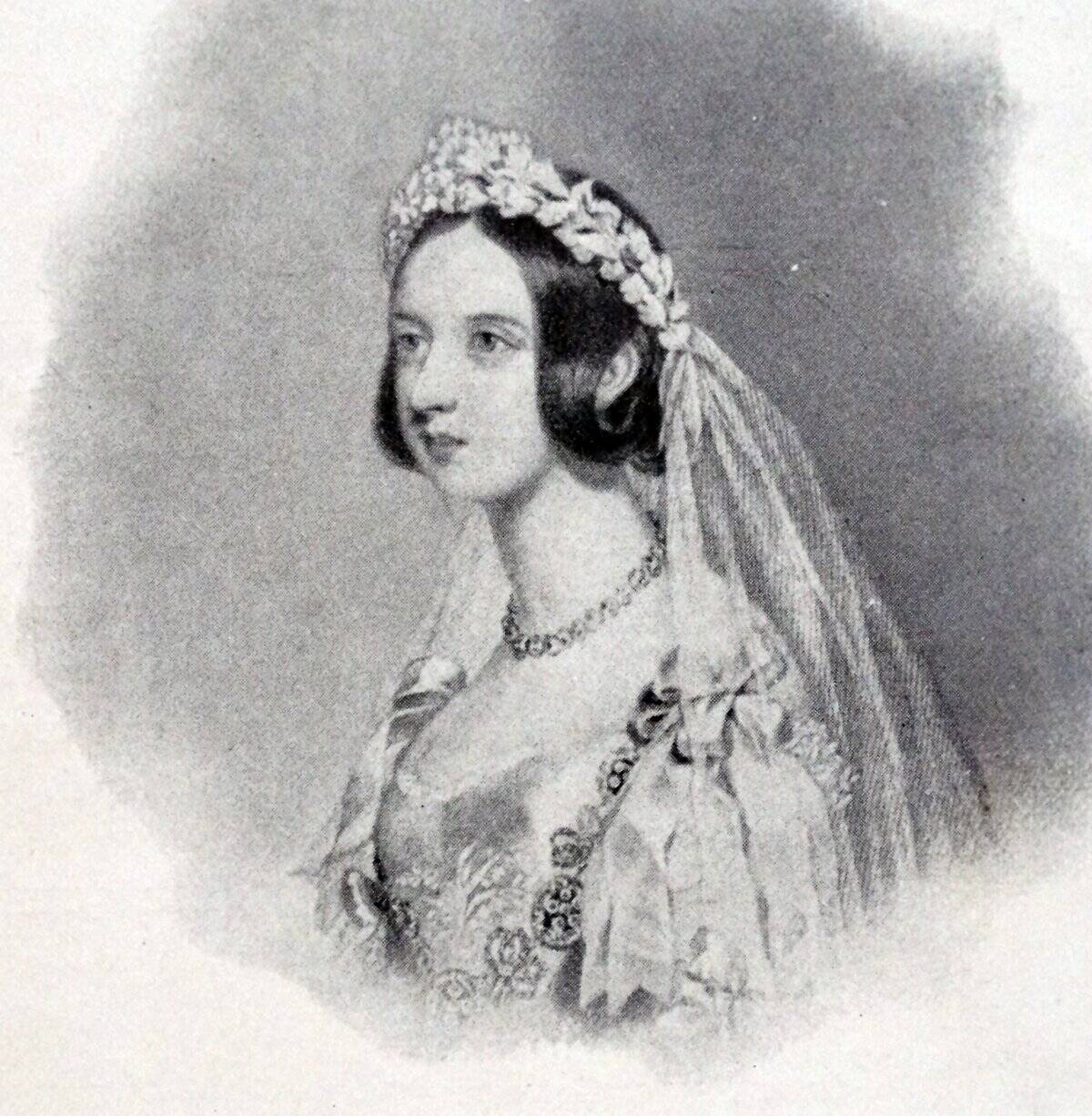
The white wedding dress became popular after Queen Victoria wore one for her wedding to Prince Albert in 1840. Before this, brides wore dresses in various colors, often their best attire. Victoria’s choice marked a shift, associating white with purity and elegance. This trend quickly spread across Europe and beyond, becoming a staple of Western weddings. Today, the white dress endures as a symbol of bridal beauty and tradition, with modern designs offering endless variations.
The Wedding Cake: Sweet Symbol of Unity and Celebration
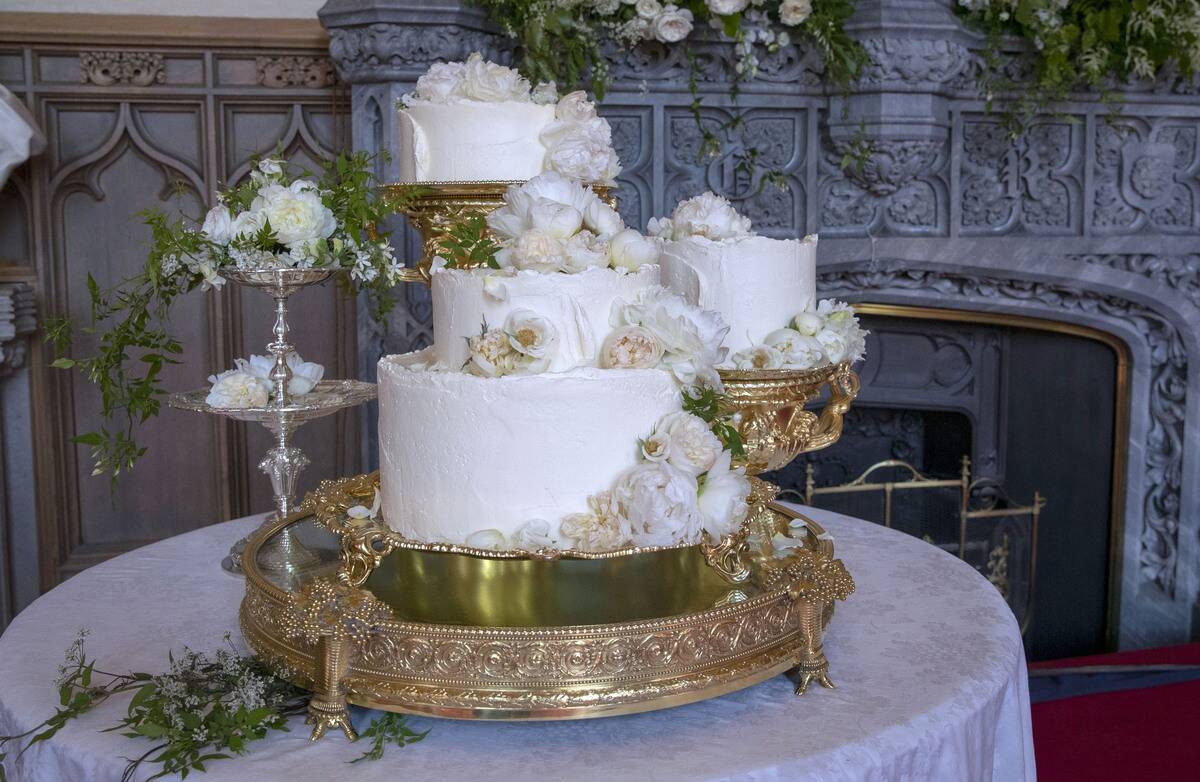
The wedding cake has its origins in ancient Rome, where a loaf of bread was broken over the bride’s head for good fortune. Over time, this evolved into tiered cakes, symbolizing prosperity and fertility. The cutting of the cake by the couple represents their first joint task as partners. Today, wedding cakes range from classic tiers to creative confections, often reflecting the couple’s unique style. It’s a sweet centerpiece that embodies joy and celebration.
Bridal Showers: Gifting and Gathering Traditions

Bridal showers originated in 16th-century Holland, where they served as an alternative to dowries for brides whose families disapproved of their choice of partner. Friends would “shower” the bride with gifts to help set up her new home. Today, bridal showers are a pre-wedding celebration where friends and family gather to offer love and support. These events often feature games, themed decor, and a delicious spread, creating cherished memories for the bride-to-be.
The First Dance: Waltzing into Married Life
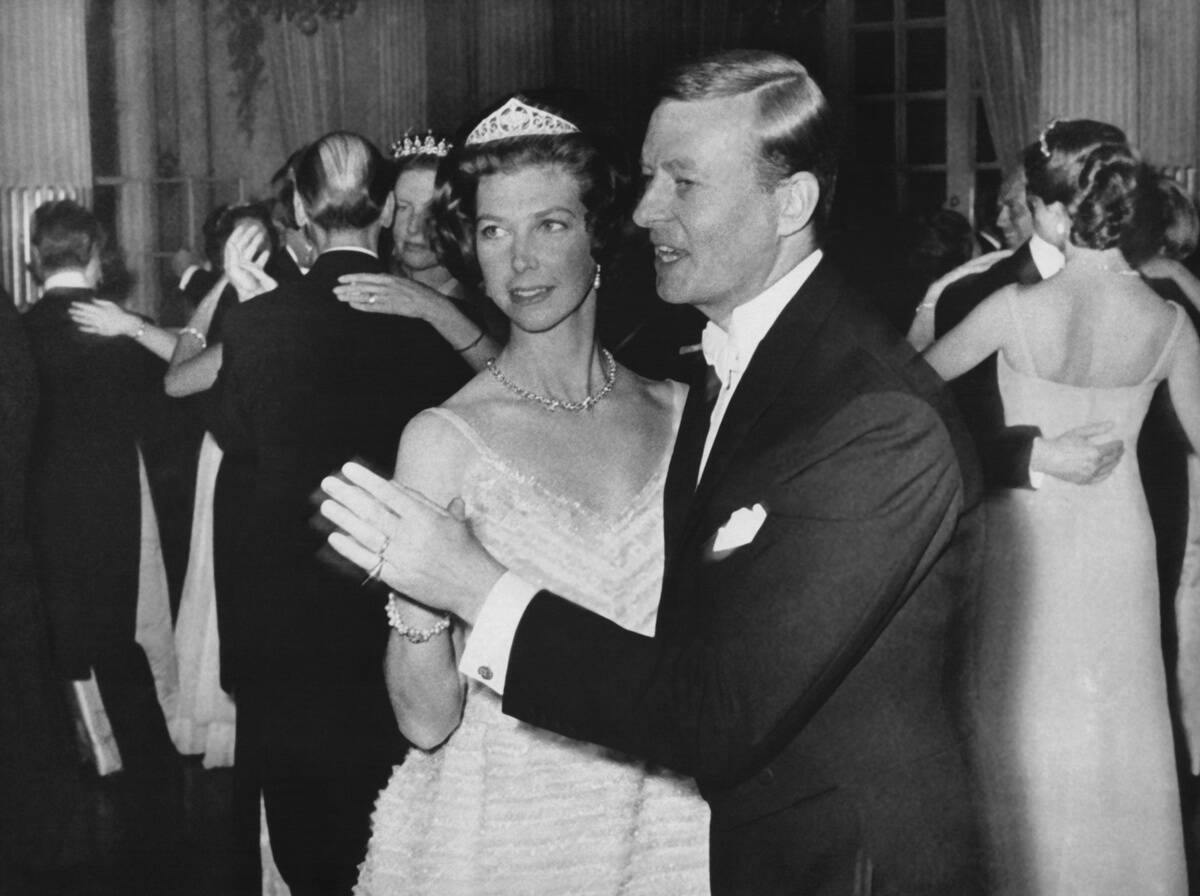
The first dance is a romantic tradition that marks the beginning of the couple’s journey together. Originating from 17th-century European balls, where the guest of honor opened the dance floor, this custom has become a highlight of modern receptions. Couples often choose a song that holds special meaning, creating a moment of intimacy amidst the celebration. Whether it’s a classic waltz or a contemporary tune, the first dance is a cherished symbol of love and unity.
The Honeymoon: A Romantic Getaway with Ancient Roots
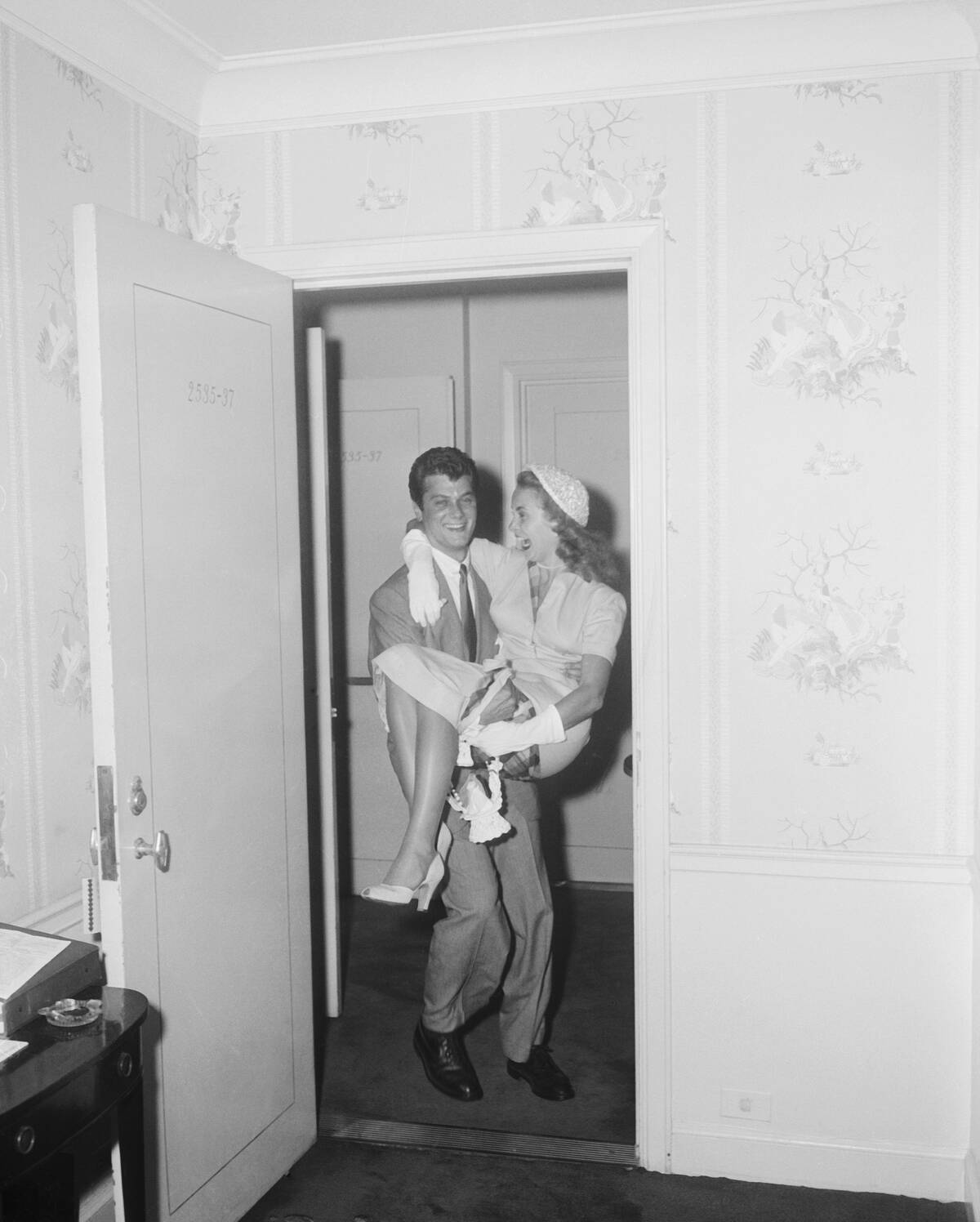
The honeymoon tradition dates back to ancient times when couples drank mead, a honey-based alcoholic drink, for a month after their wedding to enhance fertility and prosperity. The term “honeymoon” first appeared in the 16th century, referring to this sweet period. Today, honeymoons are an opportunity for newlyweds to relax and connect after the whirlwind of wedding planning. Destinations range from exotic beaches to adventurous getaways, allowing couples to start their new life in bliss.
Throwing Rice: A Shower of Prosperity and Fertility
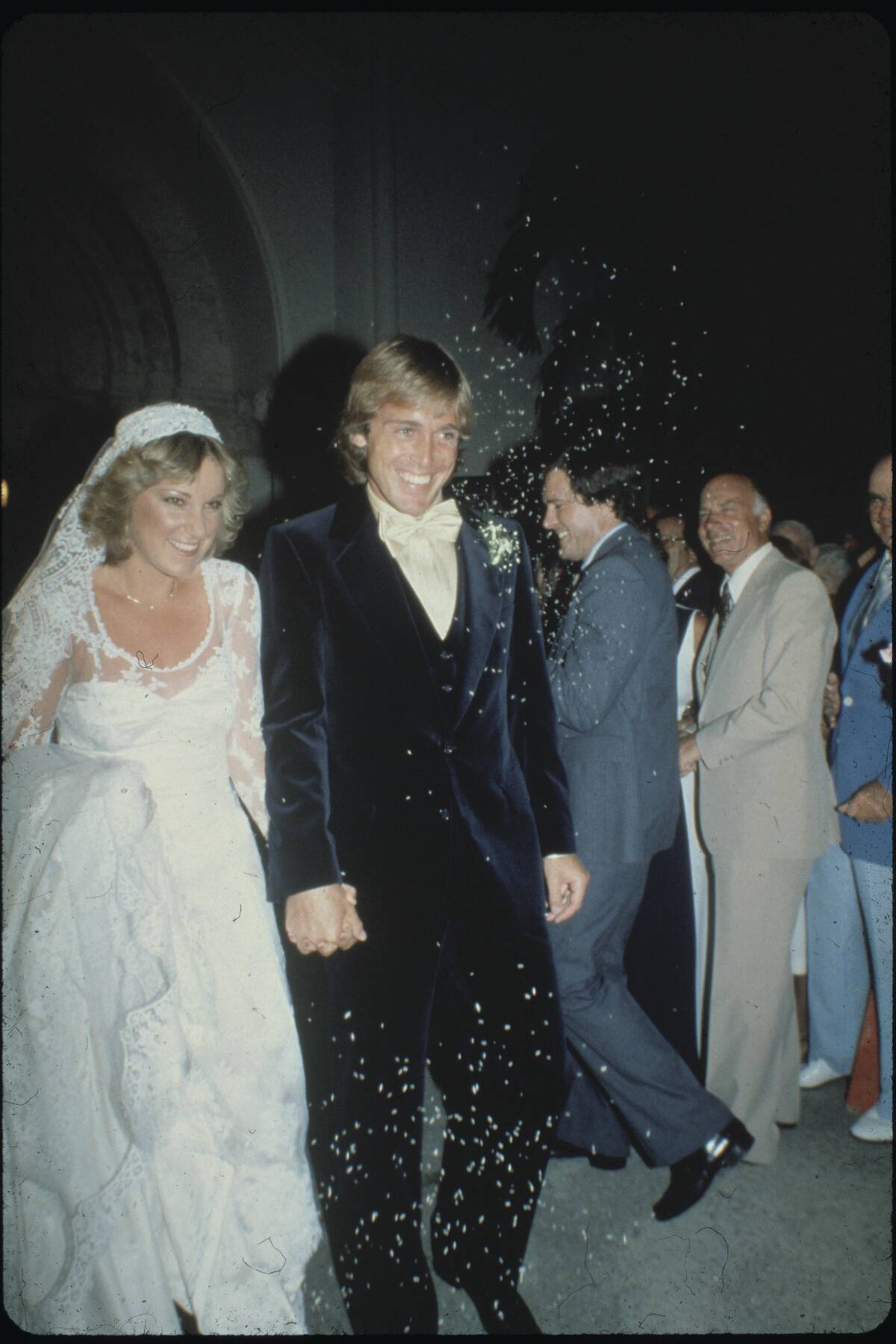
Throwing rice at newlyweds is an ancient tradition, with origins in Hindu and Roman cultures, symbolizing prosperity, fertility, and abundance. The act of showering the couple with grains is meant to bestow good fortune and a bountiful life together. Although modern weddings often use alternatives like confetti or flower petals to respect environmental concerns, the sentiment remains the same—wishing the couple a prosperous and joyful marriage as they embark on their new journey.
The Best Man and Bridesmaids: Protectors and Supporters of the Couple

The roles of best man and bridesmaids have evolved from ancient traditions. The best man originally served as the groom’s protector, sometimes tasked with kidnapping the bride in days of yore. Bridesmaids dressed similarly to the bride to confuse evil spirits or jealous suitors. Today, they are the couple’s closest confidants, offering emotional support and assistance throughout the wedding process. These cherished roles highlight the importance of friendship and community in the celebration.
Jumping the Broom: A Step into Shared Life and Heritage
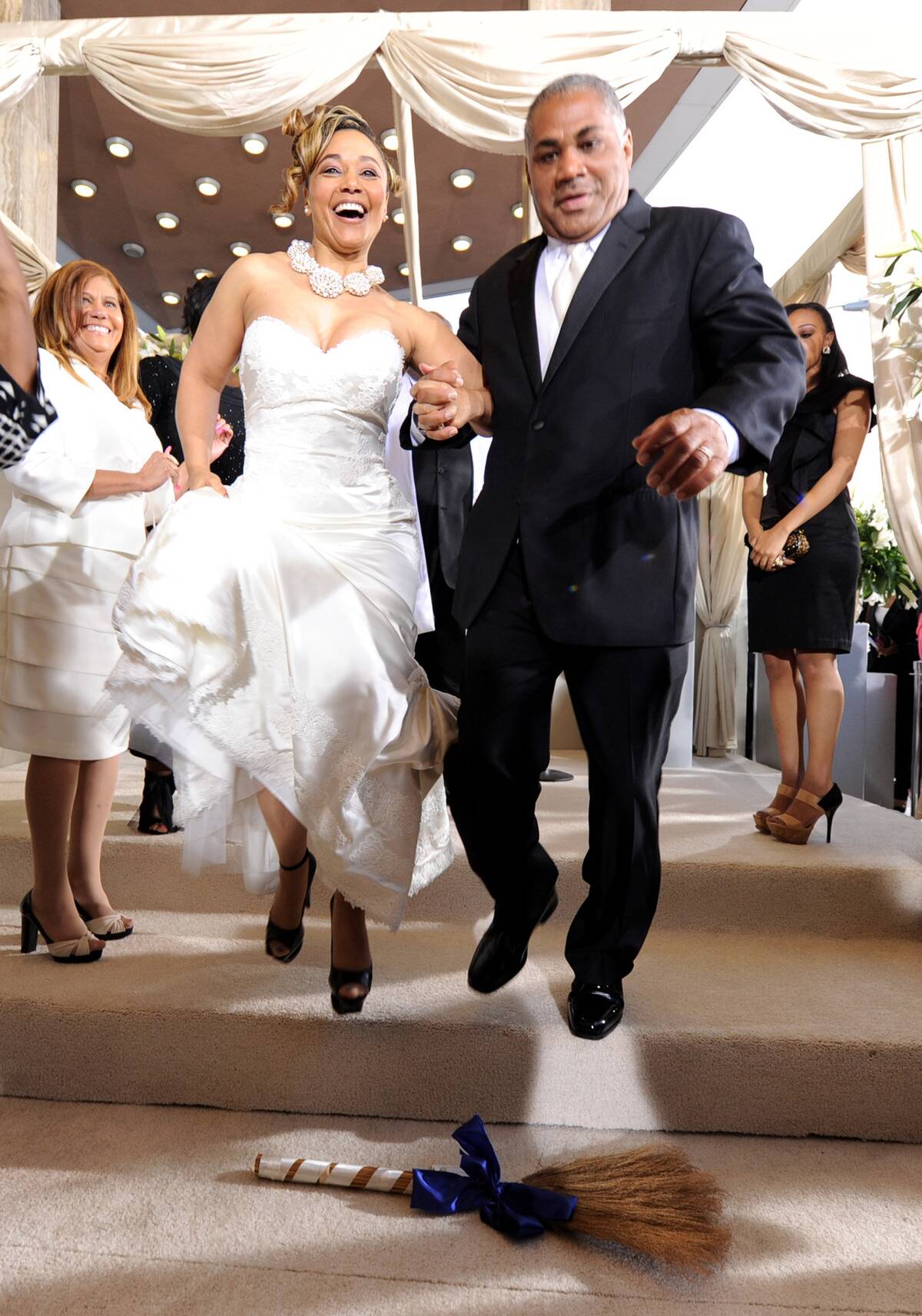
Jumping the broom is a cultural tradition with roots in African American history, symbolizing the couple’s transition into a new life together. It dates back to the times of slavery when enslaved people were denied legal marriages and used this act as a public declaration of their union. Today, it serves as a cultural homage, representing the sweeping away of the past and the beginning of a new chapter. It’s a poignant reminder of history and heritage in modern ceremonies.
The Wedding Toast: Cheers to New Beginnings and Lifelong Happiness
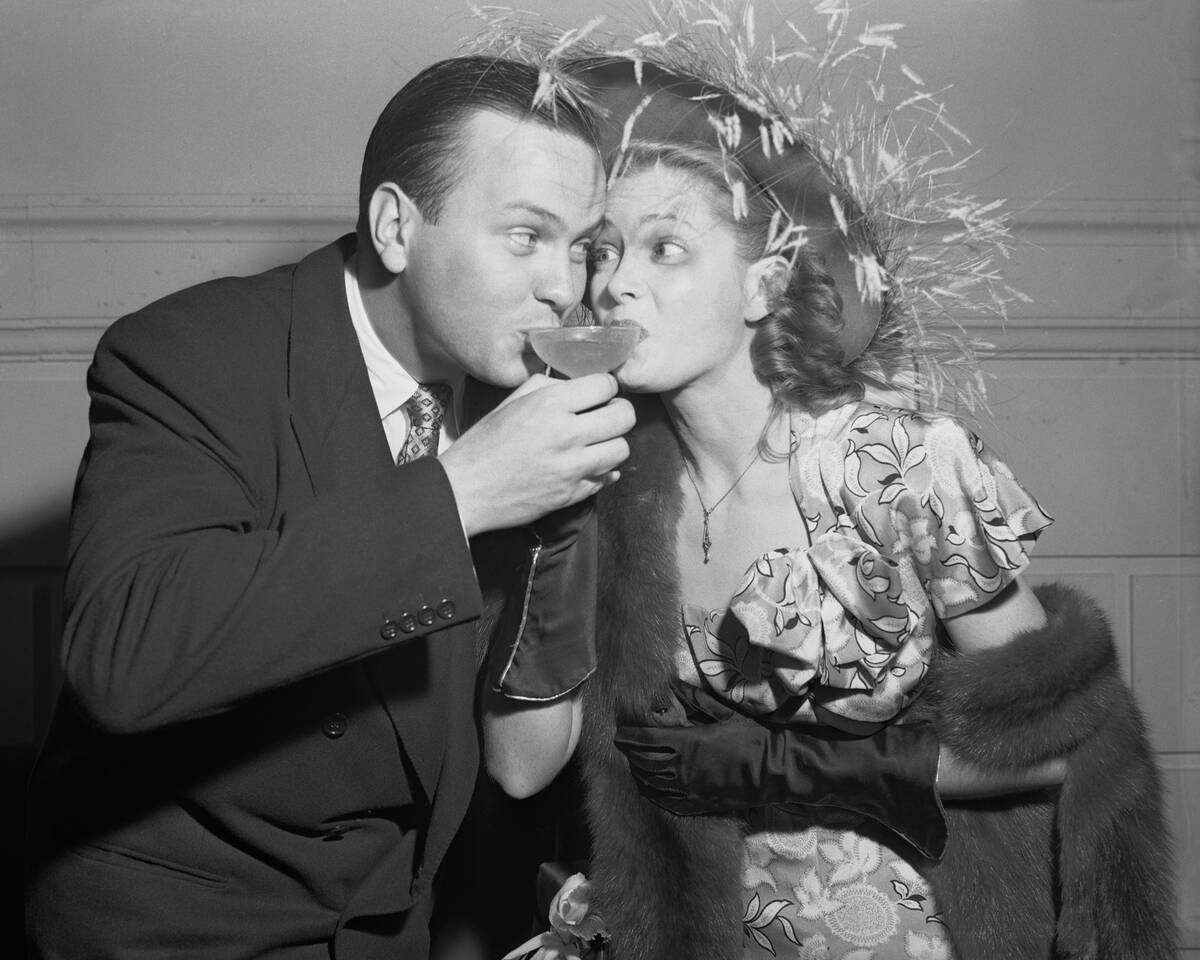
The wedding toast is a cherished tradition with origins in ancient Greece, where a sip of wine from a common cup symbolized trust. In medieval times, guests toasted to ensure that the wine was not poisoned—a gesture of safety and goodwill. Today, the toast is a heartfelt moment where loved ones share stories, offer blessings, and celebrate the couple’s future. It’s a joyful expression of love and support, echoing through generations of wedding celebrations.



